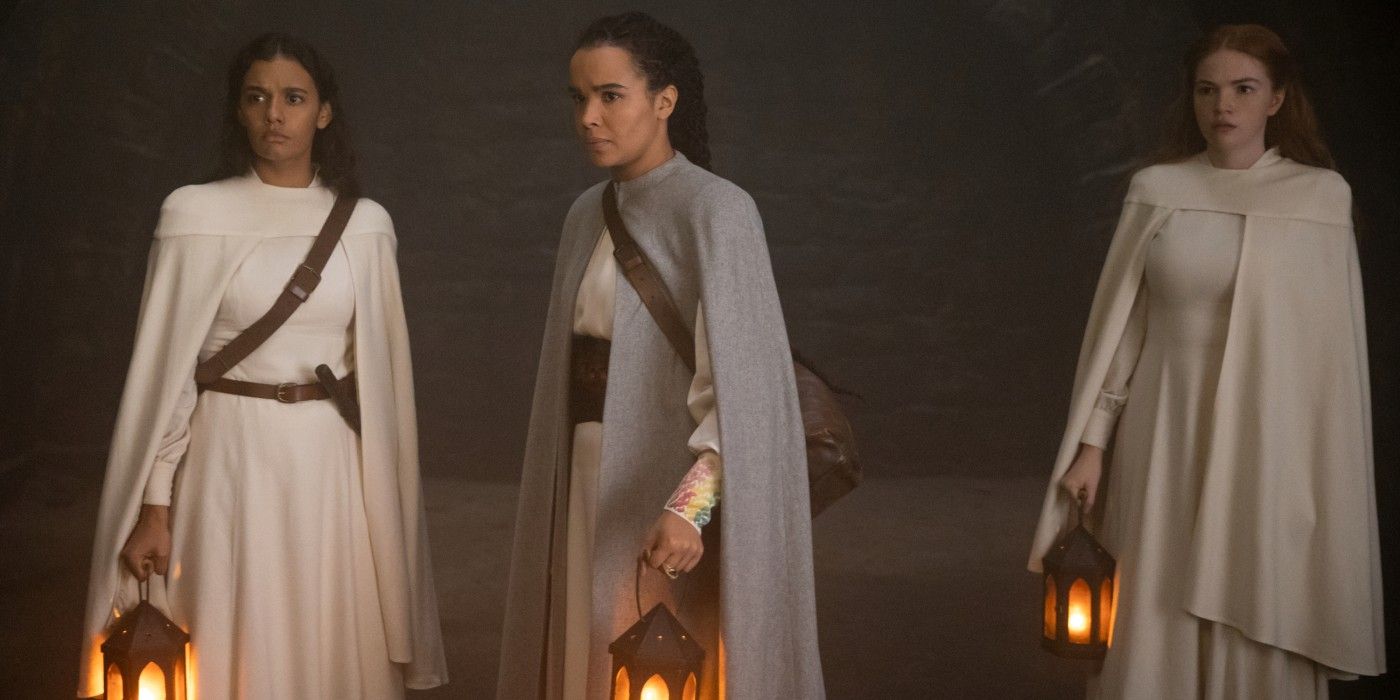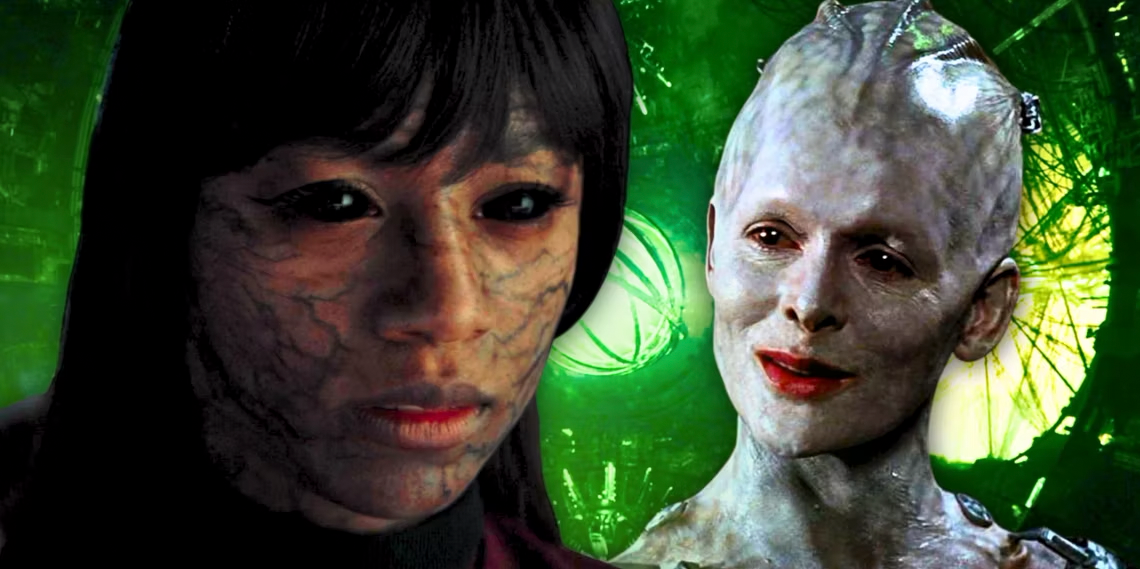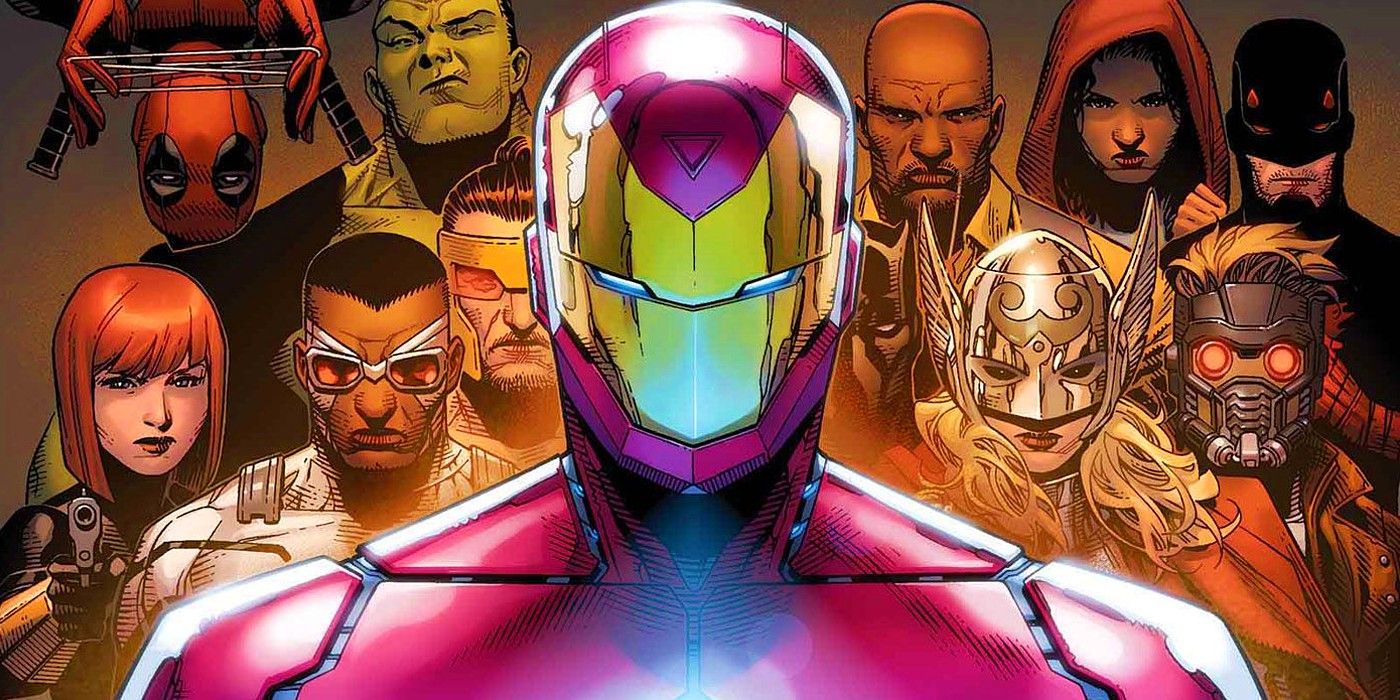Guillermo del Toro is one of the most revered and talked-about filmmakers in the world. His unique cinematic vision is defined by combining the genre thrills of fantasy and horror with real-world terrors like war and fascism and sadistic stepfathers. But, as with any director, not every del Toro film is a winner. Some of his movies are stronger than others.
His true masterpieces, like Pan’s Labyrinth and The Shape of Water – not to mention superhero actioners like Blade II and Hellboy – are endlessly enjoyable. But some of his other films, like Mimic and Crimson Peak, warrant fewer rewatches.
Mimic (1997)
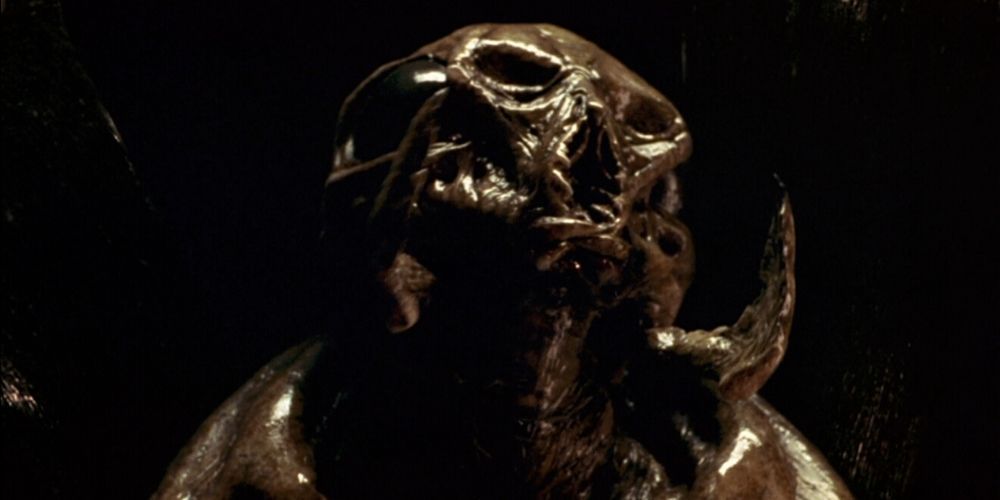
Del Toro’s sophomore effort, Mimic, is certainly a lot of fun. It’s a creature feature with genuine thrills. But it’s arguably the director’s weakest film because it’s his most generic work.
This was del Toro’s first big-budget movie for a major Hollywood studio, and as with most directors’ first Hollywood movies, his unique vision was watered down by the kind of meddling executives who get cold feet when bold, daring, new ideas are pitched.
Crimson Peak (2015)
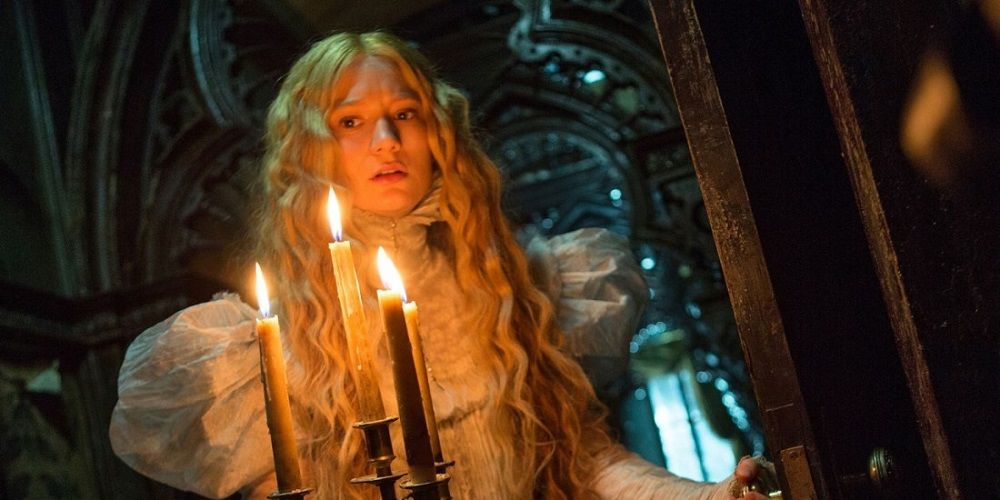
On paper, Crimson Peak is pure del Toro. It’s a haunted house story in the gothic tradition, with plenty of spooky spirits and creaky floorboards. Surprisingly, throughout the movie, the director is much more focused on romance than horror. The ghosts are the gravy on top of a straightforward love story.
Unfortunately, in Crimson Peak, gorgeous visuals and great performances (particularly from Mia Wasikowska, Tom Hiddleston, and Jessica Chastain) are let down by a meandering script.
Cronos (1993)
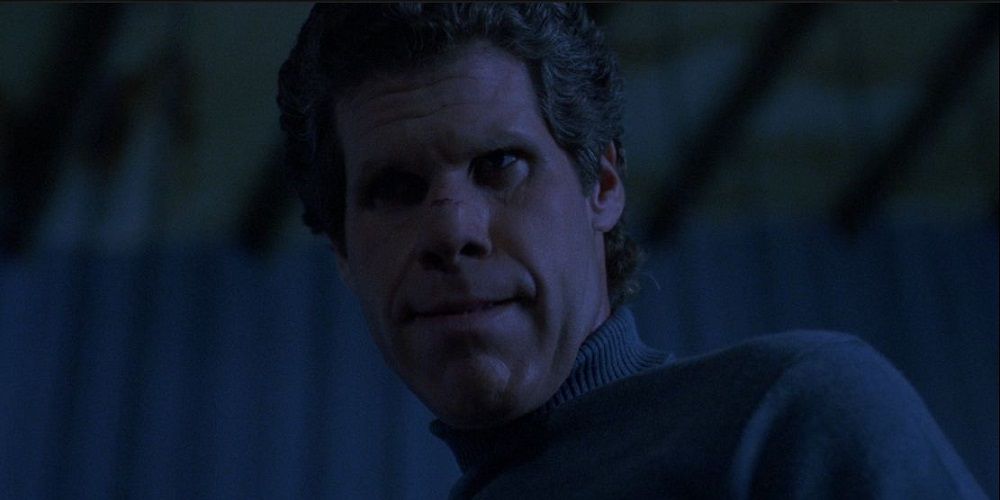
Del Toro’s low-budget debut feature, Cronos, telling the story of an ancient artifact that grants eternal life, got his career off to a strong start. But his later films would only get better. Cronos is full of evidence of an early, inexperienced filmmaker still learning the ropes.
But it also has plenty of signs of an auteur with a sharp command of the craft and an idiosyncratic perspective. Like most of del Toro’s subsequent films, Cronos explores the inherent monstrosity of human beings, a theme that’ll never get old.
Pacific Rim (2013)
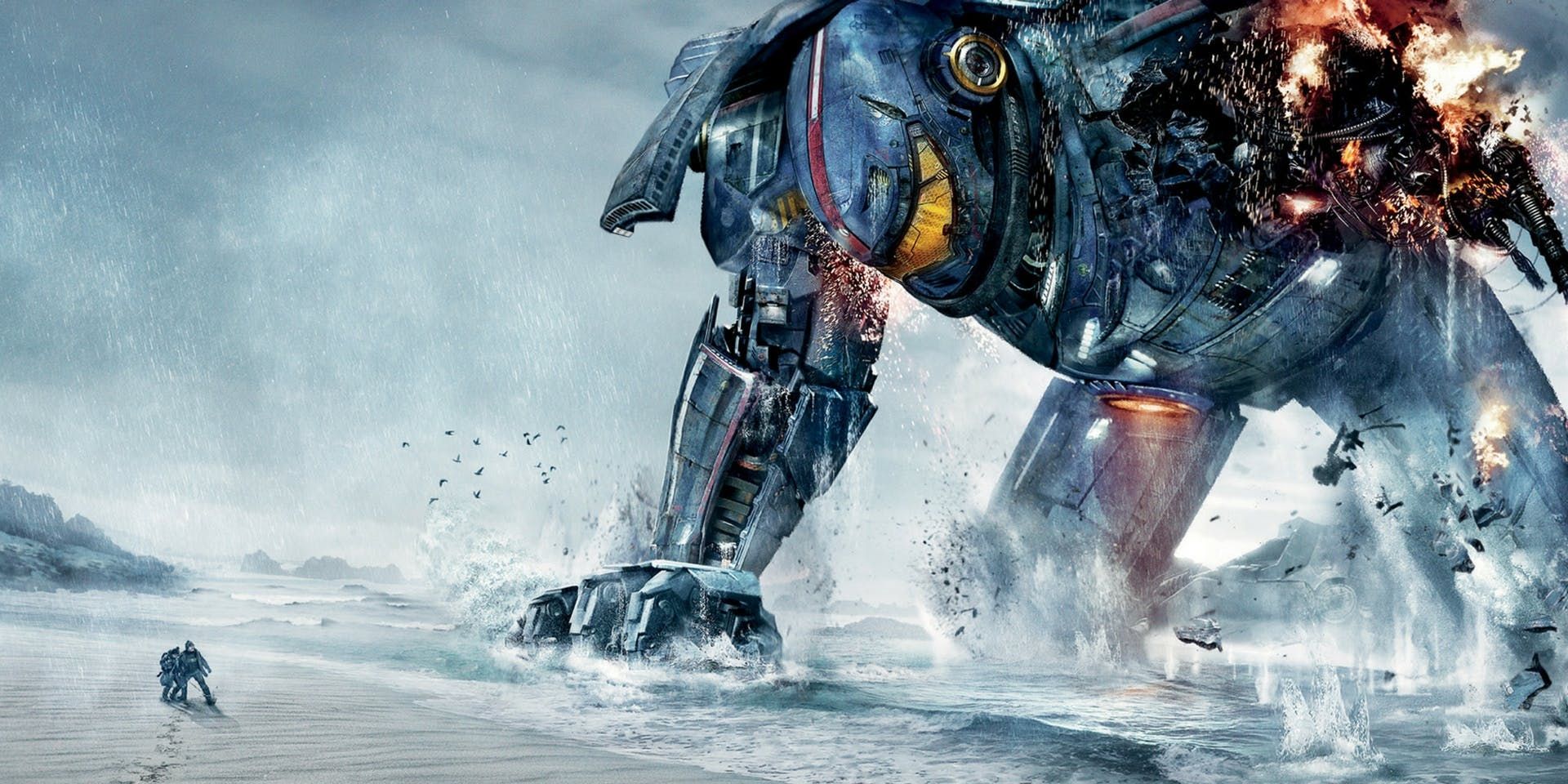
With its tale of giant monsters fighting people in giant robot suits, Pacific Rim is mostly just mindless blockbuster entertainment. But as far as mindless blockbuster entertainment goes, it’s pretty darn thrilling.
It’s a nostalgic throwback to kaiju classics, of which del Toro is clearly a huge fan. Pacific Rim is a classic example of style over substance, but del Toro’s impassioned direction makes up for a conventional script.
The Devil’s Backbone (2001)
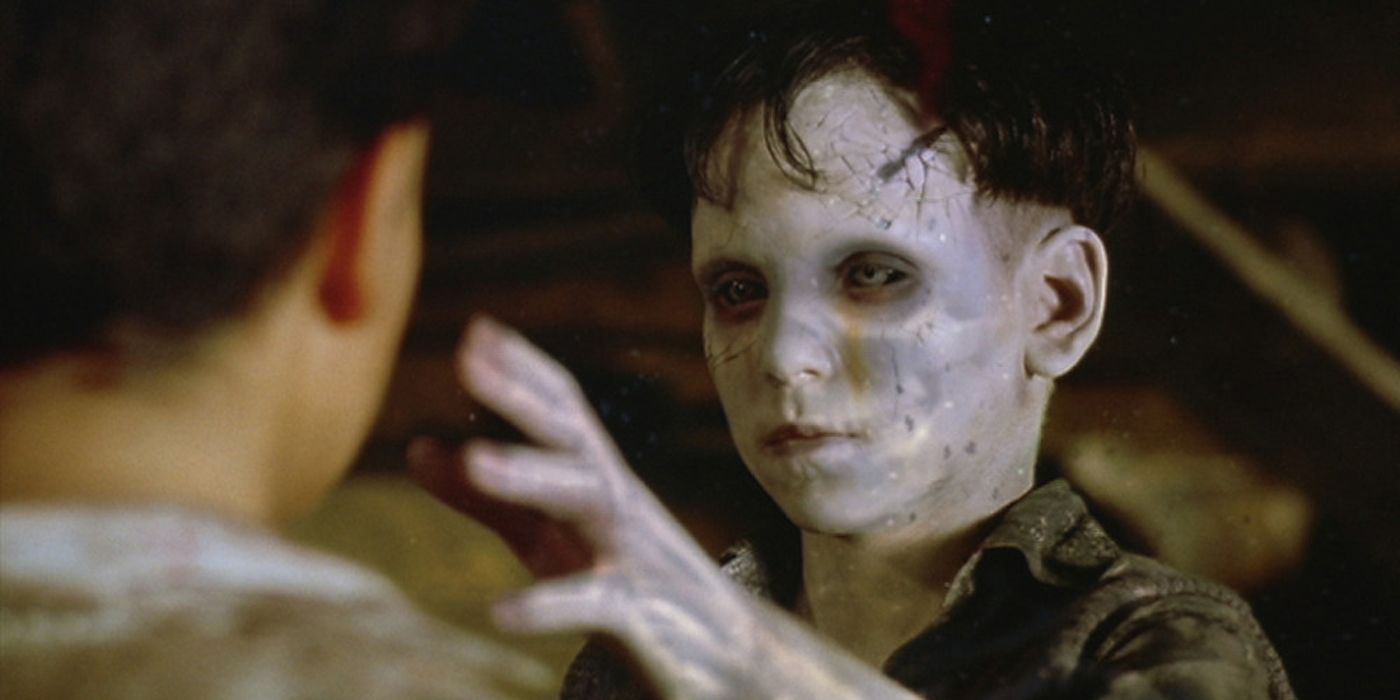
After his nightmarish experience working for a big studio on Mimic, del Toro returned to his small-scale horror roots for his third feature, The Devil’s Backbone.
This movie established the director’s penchant for pushing poignant social commentary through genre narratives. The Devil’s Backbone uses the horrors of a classic ghost story to reflect the horrors of the Spanish Civil War.
Hellboy (2004)
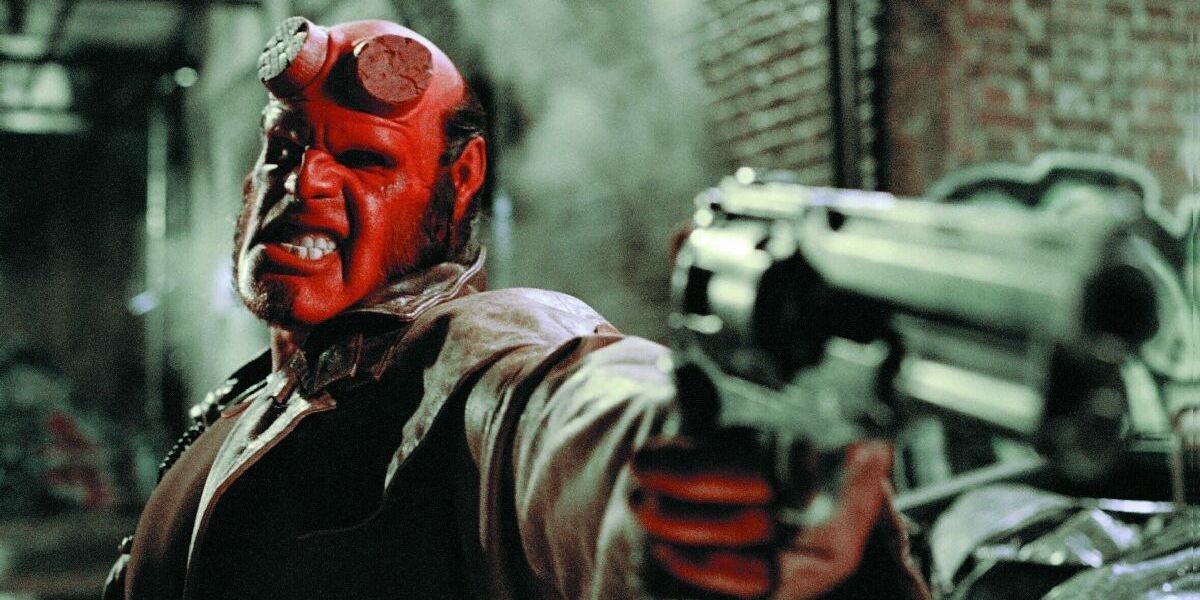
Superhero origin movies tend to be less rewatchable than their sequels because they usually wait until the midpoint to give the lead character superpowers and jump into the action. But Hellboy covers its eponymous antihero’s origins nice and briskly in the prologue.
Ron Perlman’s performance as the demonic orphan, complete with witty one-liners and a delightfully gruff demeanor, is endlessly watchable.
Nightmare Alley (2021)
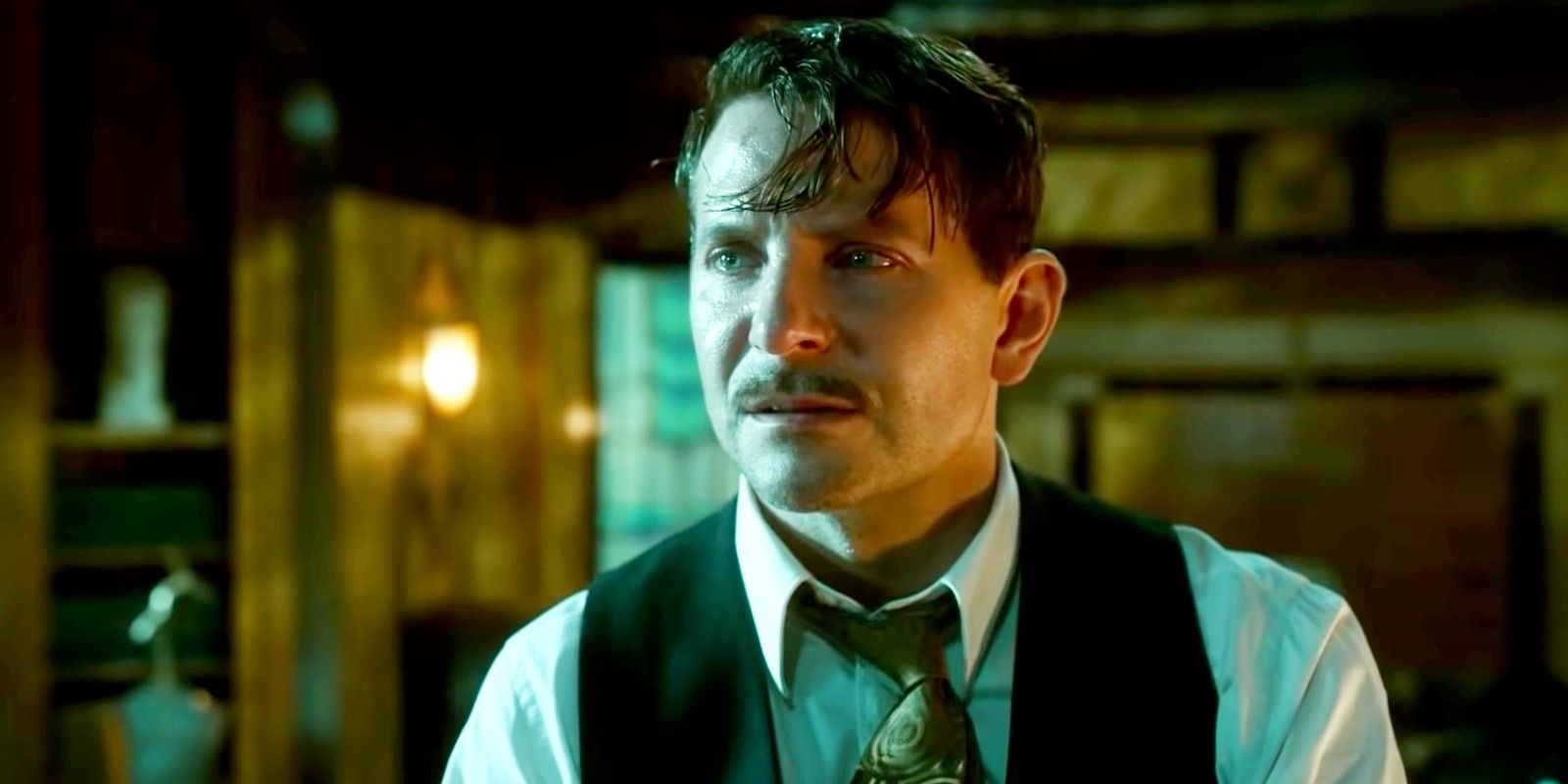
Surprisingly, del Toro’s most recent effort, horror noir Nightmare Alley, holds up better on rewatches than the first viewing. The first time around, the film’s taxing two-and-a-half-hour runtime starts to feel like it’s going nowhere.
It’s a more engaging experience when the viewer knows the twist that’s coming. Bradley Cooper’s Stan Carlisle is a quintessential sympathetic monster; a deeply disturbed human being racing toward his inevitable tragic ending. Cooper is backed up by impeccable supporting turns from Cate Blanchett, Willem Dafoe, Toni Collette, and Richard Jenkins.
Hellboy II: The Golden Army (2008)
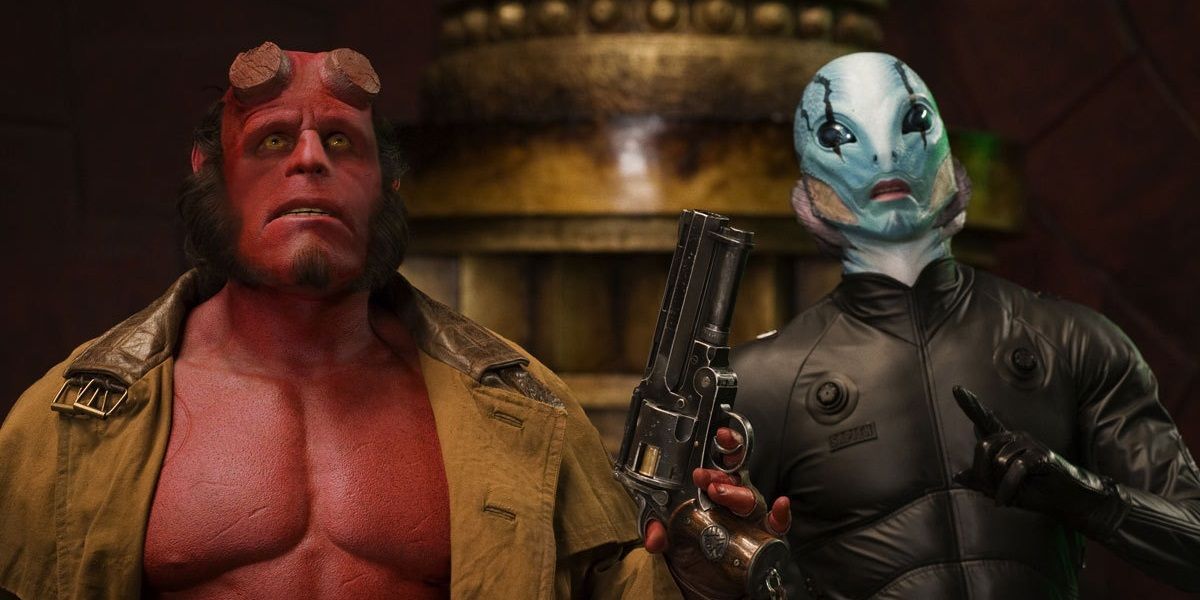
Del Toro’s sequel to Hellboy, subtitled The Golden Army, is just as great as the original. Like all the best superhero sequels, it’s a bigger, bolder, noisier, more action-packed spectacle than the first one. Hellboy II has the added bonus of being able to dive into the action without having to cover the characters’ backstories.
Perlman is even more comfortable in the titular role the second time around, and the sequel’s atmosphere is moodier and gloomier than its predecessor.
The Shape Of Water (2017)
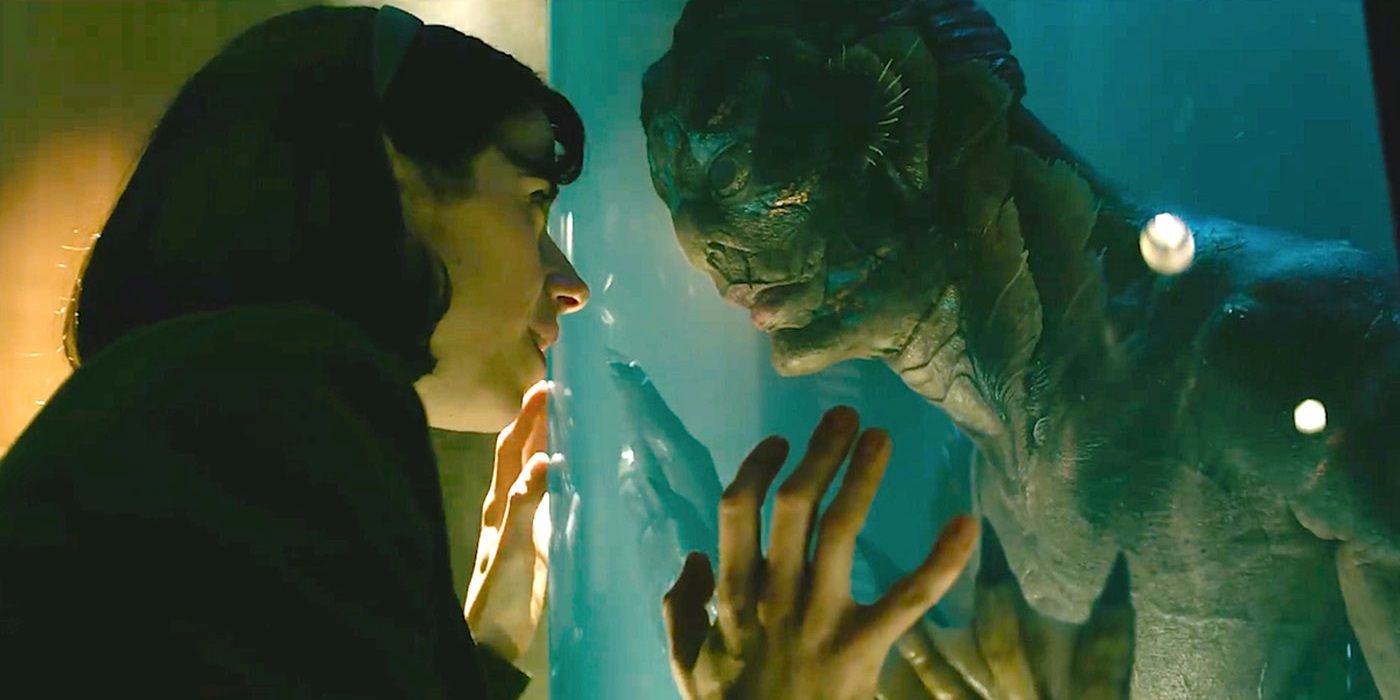
The movie that won del Toro the Academy Awards for Best Picture and Best Director, The Shape of Water is another genre story used as a lens for social commentary. Set during the unenlightened times of 1962, The Shape of Water follows a custodian with mutism who works at a top-secret government laboratory and falls in love with an Amazonian fish-man.
The romance is surprisingly touching. Del Toro makes the audience genuinely care about the love between a social outcast and a Creature from the Black Lagoon-type B-movie monster. The Shape of Water is a quintessential tale of outsiders, and Sally Hawkins carries the movie with an incredible star-making turn.
Blade II (2002)
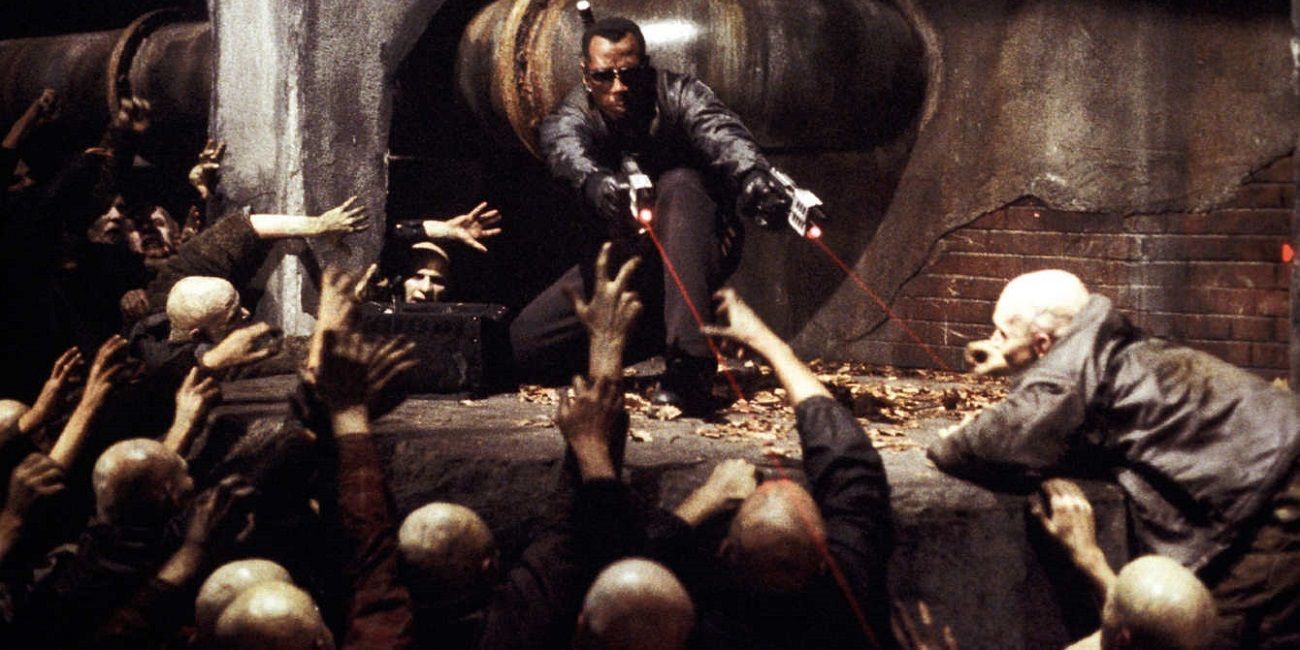
Easily the best entry in Wesley Snipes’ Blade trilogy, Blade II is a vampire-infested delight that dials up the anarchy. Blade II is nowhere near as deep or complex as some of del Toro’s other movies, but that’s part of what makes it so rewatchable.
There are no heavy themes at play; it’s pure popcorn entertainment. Blade II has stunning visuals, thrilling action sequences, hair-raising horror sequences, and a wonderfully creepy atmosphere.
Pan’s Labyrinth (2006)
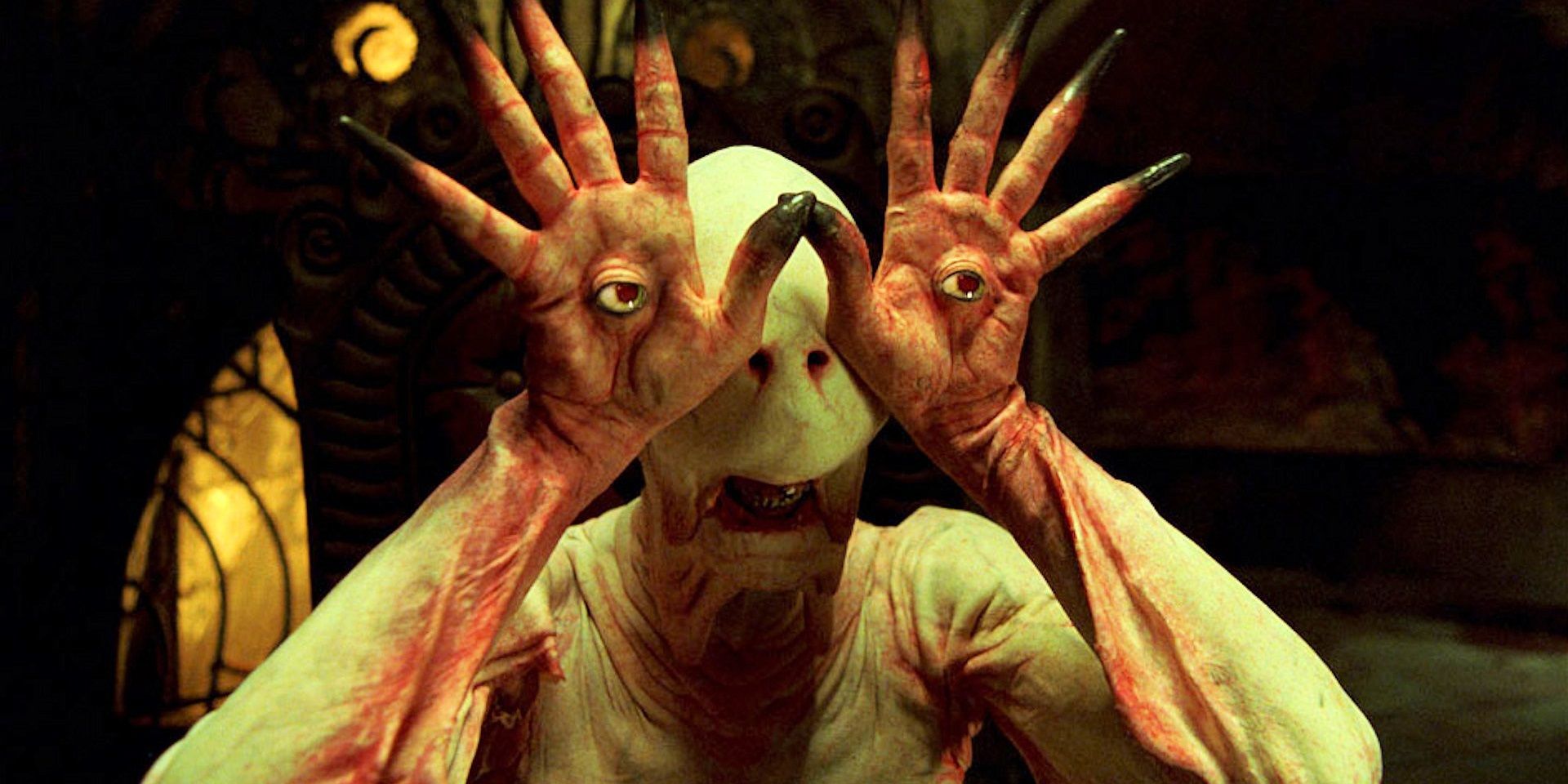
The first movie that earned del Toro recognition from the Academy – and arguably his masterpiece – Pan’s Labyrinth is another pitch-perfect blend of genre archetypes and powerful social commentary.
Following the perspective of an isolated little girl who escapes to an underground fantasy realm after her mother marries a sadistic military bureaucrat, Pan’s Labyrinth is a classic fairy tale in the mold of Alice in Wonderland set against the harrowing backdrop of Francoist Spain.
